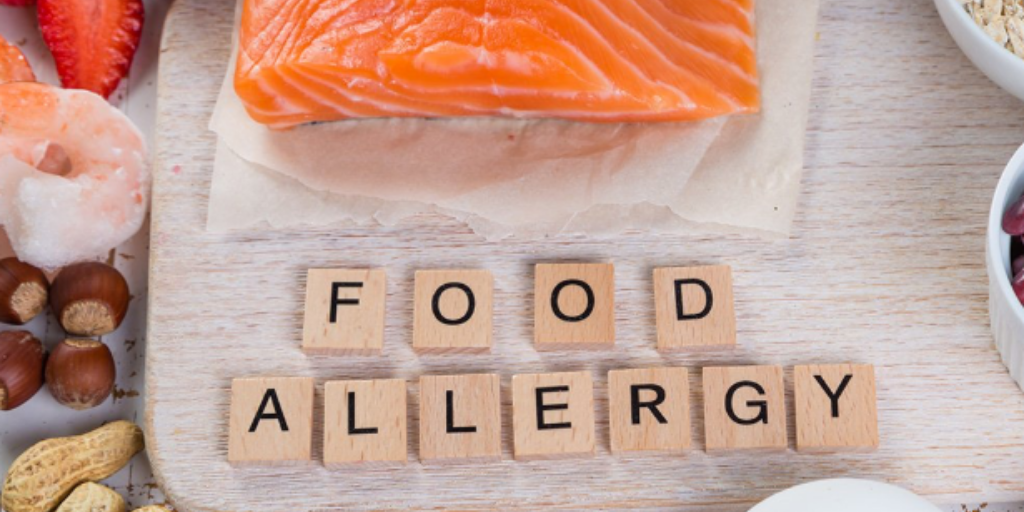
Babies and Food Allergies: What To Look Out For
You may have heard about the “top eight” allergen list - but do you know what to look out for when feeding your baby foods for the first time?
It’s the topic on every parent’s mind when little ones start eating food: Will my baby have a food allergy? And while food allergies are actually relatively uncommon, it is important to know the signs to watch out for.
About 5-6% of babies have food allergies. The most common culprit is cow’s milk, but soy and eggs are also high on the list. Other common allergens are fish, shellfish, wheat, peanuts, and tree nuts. Up to 90% of food allergies are to one of these “top eight” foods. Some babies may even react to food as it passes through a mother’s breastmilk!
What are some common signs your baby might have an allergy to?
- Rashes (facial rashes, hives, or diaper rash)
- Runny nose
- Vomiting
- Diarrhea
- Colic or unexplained crying
- Chronic ear infections
- Blood or mucus in stool
- Swollen or watery eyes
A more dangerous, full-body reaction called anaphylaxis causes swelling (notably in the face, tongue, or throat), difficult breathing, pale skin, or loss of consciousness. This is the most severe type of allergy and can be deadly. If your baby experiences these symptoms, call 911.
Some pediatricians recommend introducing foods gradually as your baby begins solids. When you introduce a new food, you can wait 3-5 days before introducing any other new foods, which can make it easier to identify exactly what food may have caused a reaction. Contrary to popular belief, there is no “correct” order you need to introduce foods in. You don’t need to start with only vegetables, or only fruits, or only infant cereals. What matters most is paying attention to how your baby tolerates each food.
Outdated medical advice warned parents to hold off on top allergen foods until late infancy or early toddlerhood - but new research shows that it may actually be more beneficial to introduce allergens much sooner in your baby’s food journey. As your baby grows and matures, it is important for her to eat a well-rounded diet of meats and fish, breast milk and/or formula, fruits and vegetables, and eggs.
If you do suspect your child has an allergy, contact your pediatrician for an appointment. You may be referred to an allergist instead. Doctors can identify allergies in two ways: a blood test or a skin test. Blood tests look for IgE antibodies to specific foods. A skin test consists of placing liquid extracts of certain foods on your child’s body (usually the back), waiting for a set amount of time, and then checking for any reactions at the site. Your child’s doctor may want them tested again, later on, to see if the allergy has gotten more severe. For some children, allergies go away over time. However, allergies to peanuts, shellfish, and tree nuts tend to persist. If your family has a history of food allergies, your child will have an increased risk of developing food allergies as well.
Your child’s journey into eating solid foods doesn’t have to be a frightening one - but parents should pay careful attention to allergy warning signs. Remember, always give solid food under the guidance of your child’s pediatrician (some may advise starting solids earlier or later, depending on your child’s unique needs) and always alert your child’s pediatrician to any food reactions your child has.
Do remember to follow us on Instagram @keababies and join our loving and supportive KeaCommunity Facebook Group!
Parenting is awesome. Sleep is overrated. Every day is an adventure.
|
|
Meet Our KeaMommy Contributor: Kaitlyn Torrez I’m Kaitlyn Torrez, from the San Francisco Bay Area. I live with my husband and two children, Roman and Logan. I’m a former preschool teacher, currently enjoying being a stay at home mom. I love all things writing, coffee, and chocolate. In my free time, I enjoy reading, blogging, and working out. |


























































